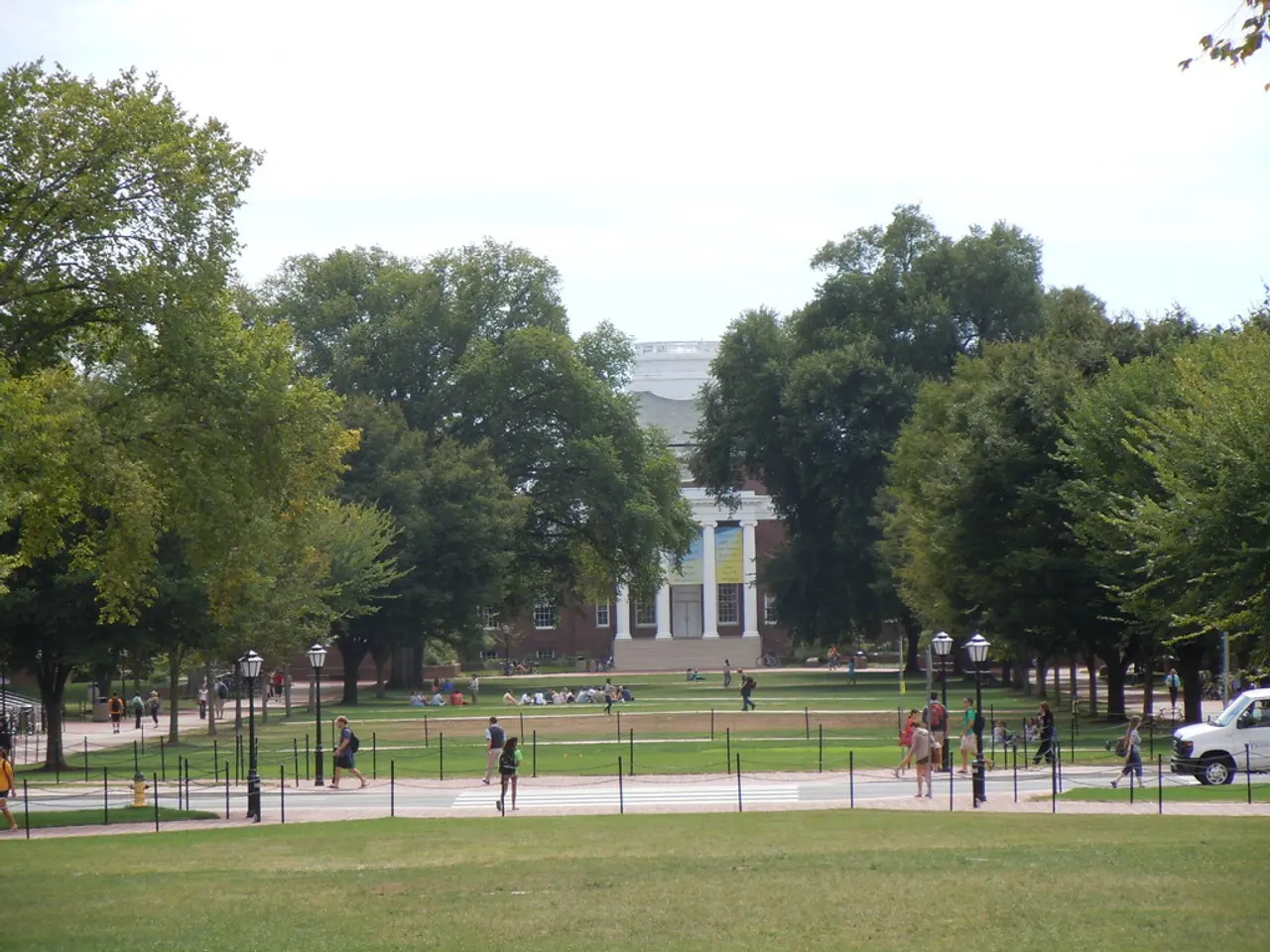Permaculture Design Training Program
In the pursuit of personal growth and a more sustainable lifestyle, I've found myself delving into the fascinating world of permaculture. This approach to gardening, food production, and homesteading offers a refreshing perspective that aligns with ecological stewardship and community values.
Two recommended books for further study are "A Practical Guide to Small-Scale, Integrative Farming, and Gardening" by Sepp Holzer and "A Guide to Home-Scale Permaculture" by Gaia's Garden. These books serve as valuable resources, providing insights into the principles and practices of permaculture.
Permaculture is a field where specialists admit they never know everything, with learning always continuing. The key principles of permaculture revolve around ethics and design guidelines focused on creating sustainable, resilient, and self-sufficient ecosystems by working with natural patterns and cycles. Core ethics are Care for the Earth, Care for People, and Fair Share (Sharing Surplus). Design principles identified by David Holmgren include Observe and Interact, Catch and Store Energy, Obtain a Yield, Apply Self Regulation and Accept Feedback, Use and Value Renewable Resources and Services, Produce No Waste, Design From Patterns to Details, Integrate Rather Than Segregate, Use and Value Diversity, Employ Edges and Value the Marginal, Creatively Use and Respond to Change, and more.
These principles and concepts can be applied to design and improve a garden, food forest, and homestead. By observing site-specific conditions, designing zones, creating guilds and stacking plants vertically, using polycultures and diverse plantings, incorporating renewable resources, utilising edges effectively, applying slow and small solutions, increasing soil fertility, and more, we can foster a thriving, sustainable ecosystem.
Having grown up on a homestead and learned gardening by example and simple instructions, I've always been drawn to this approach. To deepen my understanding, I enrolled in the Verge permaculture online course. Based in central Alberta, Verge permaculture offers a worldwide recognized certification in permaculture education, with many instructors hailing from places near my home.
The course has been enlightening, and I've learned about gardening in a cold climate through personal practice and YouTube videos. Upon completion, I received a permaculture design certificate, a testament to my newfound knowledge and skills.
My garden, greenhouse, indoor garden, and practices like rainwater collection and food preservation for winter are a testament to the effectiveness of this approach. I'm excited to apply my permaculture design certificate to design a place using scientific methods instead of relying on trial and error.
For those interested in exploring permaculture further, I invite you to subscribe to my newsletter and follow me on Instagram, Facebook, or Pinterest. I'll be sharing updates, tips, and projects related to permaculture, from designing an urban yard for food production to microclimates in a northern garden.
As Geoff Lawton, a renowned permaculture educator, puts it, "Permaculture is a set of design principles focused on a holistic system of thinking, aiming to improve the environment and strengthen it." It's a philosophy that resonates with me, and I believe it will resonate with you too.
[1] Source for additional permaculture-related content: - Designing an urban yard for food production - Using rocks to build raised beds - A ten-year update on the Yard-to-Garden initiative - A country garden cabin - Making and planting seed bombs - A permaculture design project - A permaculture design course - Microclimates in a northern garden
[2] Source for quote: Geoff Lawton
[3] Source for information about increasing soil fertility: permaculture farms
[4] Source for information about the holistic, systems-thinking design approach: various permaculture resources and practices
- my pursuit of a sustainable lifestyle led me to delve into the world of permaculture, a gardening and homesteading approach that aligns with ecological stewardship and community values
- two recommended books for further study are "A Practical Guide to Small-Scale, Integrative Farming, and Gardening" by Sepp Holzer and "A Guide to Home-Scale Permaculture" by Gaia's Garden
- permaculture specialists admit they never know everything, with learning always continuing, and the key principles revolve around ethics and design guidelines focused on sustainability, resilience, and self-sufficiency
- core ethics include Care for the Earth, Care for People, and Fair Share (Sharing Surplus), and design principles were identified by David Holmgren, such as Observe and Interact, Catch and Store Energy, Obtain a Yield, and more
- these principles can be applied to design a garden, food forest, and homestead by observing site-specific conditions, designing zones, creating guilds and stacking plants vertically, and incorporating renewable resources
- I've always been drawn to permaculture, having grown up on a homestead and learned gardening through example; I enrolled in the Verge permaculture online course and received a permaculture design certificate upon completion
- my garden, greenhouse, indoor garden, and practices like rainwater collection and food preservation for winter demonstrate the effectiveness of this approach, and I encourage others to explore permaculture further through my newsletter and social media channels as I share updates and projects related to permaculture.




